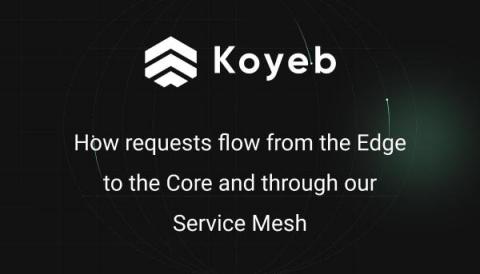Koyeb Serverless Platform Public Preview
Today, we are super excited to share that the Koyeb platform is available for everyone in public preview. If you don't know us yet, Koyeb is the developer platform to build, deploy and scale full-stack applications where your users are. We've been working on the platform since early 2021. The private preview has been intense with over 10,000 developers joining the community and now over 3000 applications running on the platform.











